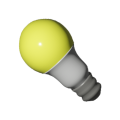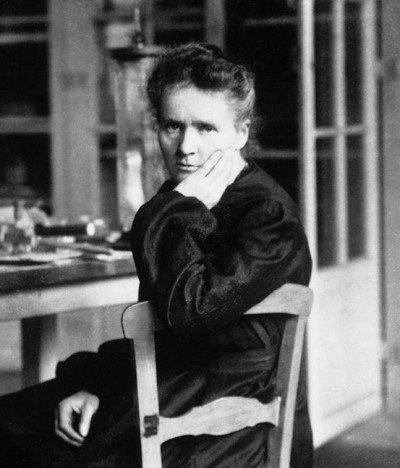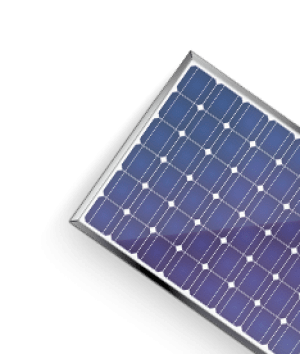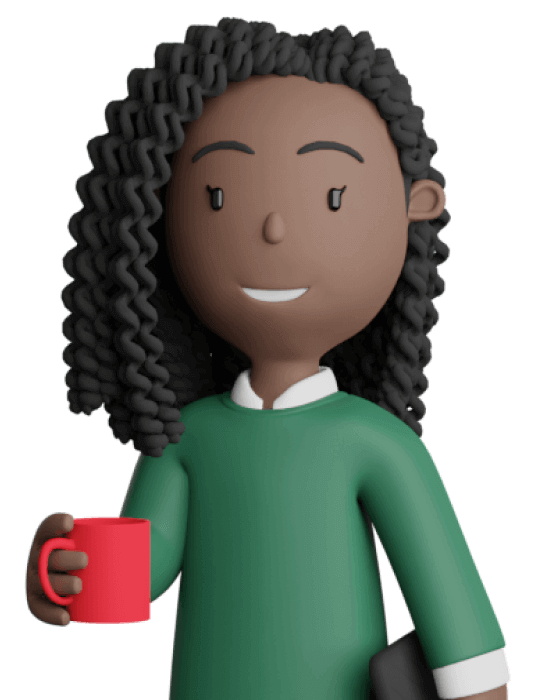Mary Jackson, wind tunnels and energy conservation
Learn more about Mary Jackson, her work with NASA and test your designs in a wind tunnel.
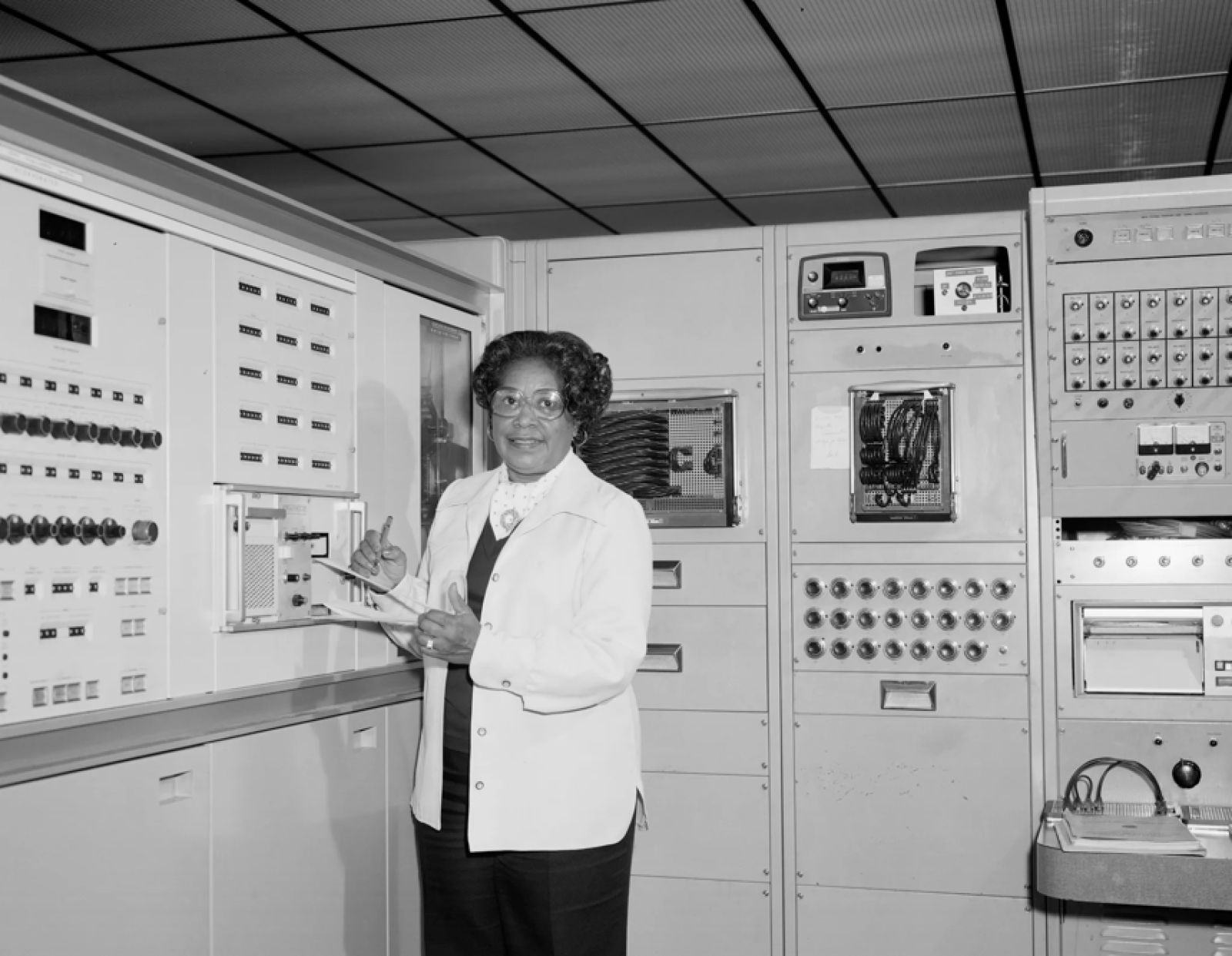
Overview
Learn about Mary Jackson and her work with NASA, then experiment to learn about aerodynamics and energy conservation.
Part of the Women in STEM, then and now unit.
Instructions
What you'll need
- Mary Jackson, wind tunnels and drag slideshow
- Supplies to create 'wind tunnel' (see slideshow):
- Two 2-litre pop bottles
- Scissors and tape to join the bottles
- Hair dryer with cold setting
- Craft supplies for students:
- Small paper cups
- Pieces of paper
- Pipe cleaners and pom poms
- Popsicle sticks
- Glue, scissors, and tape
Introduction
Start the activity by having a class discussion about important women who have contributed to STEM throughout history, or do the Women in history: who do you know activity first to learn about some examples.
Mary Jackson and wind tunnels
- Pull up the Mary Jackson and wind tunnels slideshow. Start at slide 2 and ask students if they remember anything about Mary from the previous activity, or review the information about Mary Jackson on the slide.
- At slide 3, tell students about Mary’s work with NASA. This included research with their Supersonic Pressure Tunnel, a wind tunnel capable of blasting models with winds approaching twice the speed of sound. Share that aerodynamics describes the study of air and water on objects like aircraft and cars.
- At slide 4, describe how wind tunnels are used to contain a controlled stream of air. Objects are placed in the tunnel and tested to see how they perform with various pressures of wind.
- At slide 5 ask students why we would use wind tunnels.
- They allow us to study aerodynamics of objects (the way they move) so we can change the design and improve performance. Explain that when an object moves through a fluid like air, how it moves is affected by several factors:
- weight (pulling the object down)
- thrust (pushing the object forward like the wind or engine)
- lift (which is an upwards force make the object fly)
- drag (which pulls the object back).
- They allow us to study aerodynamics of objects (the way they move) so we can change the design and improve performance. Explain that when an object moves through a fluid like air, how it moves is affected by several factors:
- Explain wind tunnels allow engineers and scientists to test effects of wind in a controlled environment and then can change the design to make it more effective. Wind tunnels are used in many situations, including vehicles, buildings and structures, wind turbines and more.
- At slide 6, pause the slide show and hold up 2 pieces of letter sized paper and ask students to vote on which piece will hit the ground first. Now at the last minute as you let go of the pieces of paper scrunch up one and release both at the same time. What happened? The scrunched piece of paper will hit the ground first. Why? Both are the same weight and both are affected by gravity. One factor is that the scrunched piece has less surface area and hence less ‘drag’ and the flat paper is shaped to create ‘lift’ making the paper fly.
Experiment and analyze
- Share with students they are now going to create some objects out of simple craft supplies and test them in a wind tunnel to see if we can get them to hover in the tunnel, and not just fly out of the tunnel.
- Before the class, create one wind tunnel for all students to test their designs. Cut the two 2-litre pop bottles and join them together to form a longer tunnel using clear packaging tape. Slide 7 is a picture of the tunnel we created. Show students your tunnel and hold the hair dryer (cold setting only) vertically under the tunnel to provide the ‘wind force’. Have students put items like pompoms in the bottom of the tunnel and see what happens. Try holding the hair dryer close to the tunnel and then further away. What happened? Student helpers can hold the tunnel as you test various items.
- Now provide students with a selection of craft supplies like small paper cups (bathroom size), paper, pipe cleaners, pompoms small popsicle sticks, glue, scissors and tape. Slide 8 shows the sample craft supplies to collect.
- Have students design their craft to test in the tunnel. Slide 9 shows the sample designs students can make and test.
- Now test your crafts in the tunnel. Try holding the hair dryer closer and further away. Can you get your craft to hover? Remember to only use the cold or cool setting on the hair dryer.
- At slide 10 reflect on what happened to your crafts in the tunnel:
- Why did your craft hover or fly out of the tunnel? Some factors affecting your craft include thrust (the wind from the hair dryer), weight and drag/lift determined by the shape of your craft.
- What happened when you held the hair dryer closer or further away?
- Discuss as a class the results and why some designs were more effective at hovering than others.
Aerodynamics and energy conservation
- At slide 11, re-visit the term ‘drag’. Share that when an object (or person) moves through fluids (like air or water) they will encounter resistance called drag forces. The person is using their energy to run but when they pull or drag a parachute behind them, they must work harder to overcome this resistance. If the running force is the same as the drag force they would be running on the spot.
- At slide 12, ask students to share what the cyclist is doing to go faster and reduce drag forces. The cyclist is leaning forward making themselves smaller and their helmet is shaped so the wind goes around the helmet. This helps them go faster while conserving energy. They are ‘aerodynamic’.
- At slide 13, ask students to choose if A or B is more aerodynamic (designate one side of the room as ‘A’ and one ‘B’ and students can move to one side of the room or the other to answer). At slide 14 reveal the answer. The umbrella is causing drag as wind pulls the person back.
- At slide 15, ask students to choose if A or B is more aerodynamic. At slide 16 reveal the answer. The shape of vehicle A makes it more aerodynamic.
- At slide 17, ask students to choose if A or B is more aerodynamic. At slide 18 reveal the answer. The open windows cause drag making the car less efficient.
- At slide 19, ask students to share why aerodynamics for our vehicles matter? Students may share that aerodynamic vehicles use less energy. Energy could be diesel, gasoline, natural gas for a combustion engine vehicle or electricity for an electric vehicle. Ask students to consider what features they have seen that makes vehicles less aerodynamic. Roof racks and containers, trailers, uncovered truck beds are examples of what can make vehicles less aerodynamic.
At slide 20 wrap up the activity by asking students to discuss what other things can be tested in wind tunnels like bicycles, wind turbines, ships, spacecraft, airplanes, submarines, buildings and fans. Wind tunnels can be life size or scaled down physical tunnels or computer simulated.
Modify or extend this activity
- Proceed to the the Women in STEM today activity to complete this unit.
- Suggest students watch the 2016 film called Hidden Figures, which recounts the NASA careers of Mary Jackson and others working on Project Mercury during the Space Race. The film is based on the book by Margot Lee Shetterly.
- Play the video Aerodynamics Explained: Inside The Secret World of Wind Tunnel Testing (19:44) from Fully Charged Show on YouTube.
- Play a game to demonstrate ‘drag’. The first team player on each team will have to open the umbrella, run to the finish line and back to the team. Before handing the umbrella over to the next team player, he or she must close the umbrella. Then the next player will open the umbrella and run the same race, each time closing the umbrella for the new player.
Curriculum Fit
Science 5
Big ideas
- Machines are devices that transfer force and energy.
Content
- Properties of simple machines and their force effects.
Curricular Competencies
Questioning and Predicting
- Demonstrate a sustained curiosity about a scientific topic or problem of personal interest
Planning and Conducting
- With support, plan appropriate investigations to answer their questions or solve problems they have identified.
Applying and Innovating
- Co-operatively design projects and generate and introduce new or refined ideas when problem solving.
Assessments
See the Women in STEM, then and now unit for a marking rubric to help assess student success in all activities in this unit.
General observations:
- Assess students’ participation in the experiment and creativity in design of the hovering crafts.
- Assess students’ understanding of the impact of drag and energy conservation in design.
- Assess students critical thinking and participation in discussions and activities on what makes objects aerodynamic.
Teaching Notes
These teaching notes provide more information on the following topics:
- Mary Jackson's NASA biography
- Wind tunnels and aerodynamics
Mary Jackson’s NASA Biography
Mary Jackson was recruited in 1951 to the National Advisory Committee for Aeronautics (NACA), which became the National Aeronautics and Space Administration (NASA) in 1958. She began as a research mathematician, or human computer, at the Langley Research Center. She began working in the Supersonic Pressure Tunnel in 1953. To become an engineer, she needed to take graduate-level courses at Hampton high school, an all-white school in segregated Virginia, and she needed to petition the city of Hampton to allow her to attend the classes. In 1958, Jackson became NASA’s first Black female engineer and worked with data from wind tunnel experiments and real-world flight experiments. She spent her career working to make changes and support women and other minorities to advance in science, engineering and mathematics.
Read more about Mary Jackson at NASA.gov
Wind tunnels and aerodynamics
DEWESoft’s List of wind tunnel testing facilities:
- What is a wind tunnel? A tube-like test setup with powerful fans to create air flow at a known velocity, pushed past models or full-size objects to understand airflow and optimize design.
- The wind tunnels are made for testing and predicting wind load for all kinds of structures moving through air or affected by wind force: bridges, vessels, aircraft, buildings, vehicles, wind turbines, and numerous offshore structures, or parts and components of these. Even objects like parachutes, vehicle trailers or tennis balls are tested in wind tunnels.
Haynes’s Aerodynamics and how they affect fuel economy:
- Aerodynamics is the study of airflow around your car. The smoother the airflow, the lower the drag and the less fuel you burn at a specific speed.
- Moving a vehicle requires energy. At urban speeds, friction and rolling resistance are responsible for most of the fuel burned and aerodynamic drag isn’t a big factor. But these frictional forces are linear. Travelling at 60 km/hour requires no more than twice the energy as travelling at 30 km/hour.
- Aerodynamic drag is different, increasing in proportion to the square of the speed. This means that at highway speeds the frictional drag is no longer the main gas user – aerodynamic drag will now account for more than half of the fuel one is using, or even more. The faster you go, the more fuel you use pushing your car through the air.
Things that make vehicles more aerodynamic include rounded edges, air dams to reduce drag under the vehicle, side skirts to control airflow under the vehicle, rear spoilers to reduce lift, angles of windows and shapes of mirrors.




